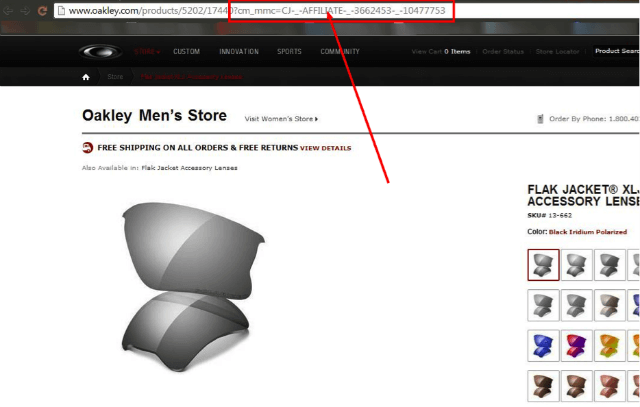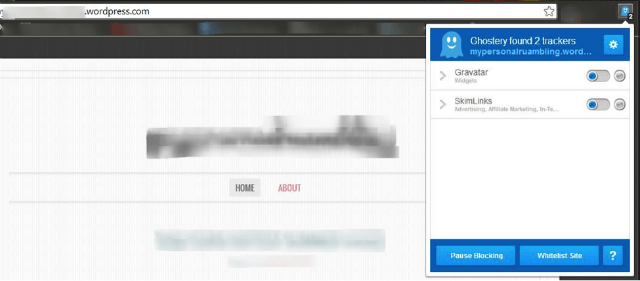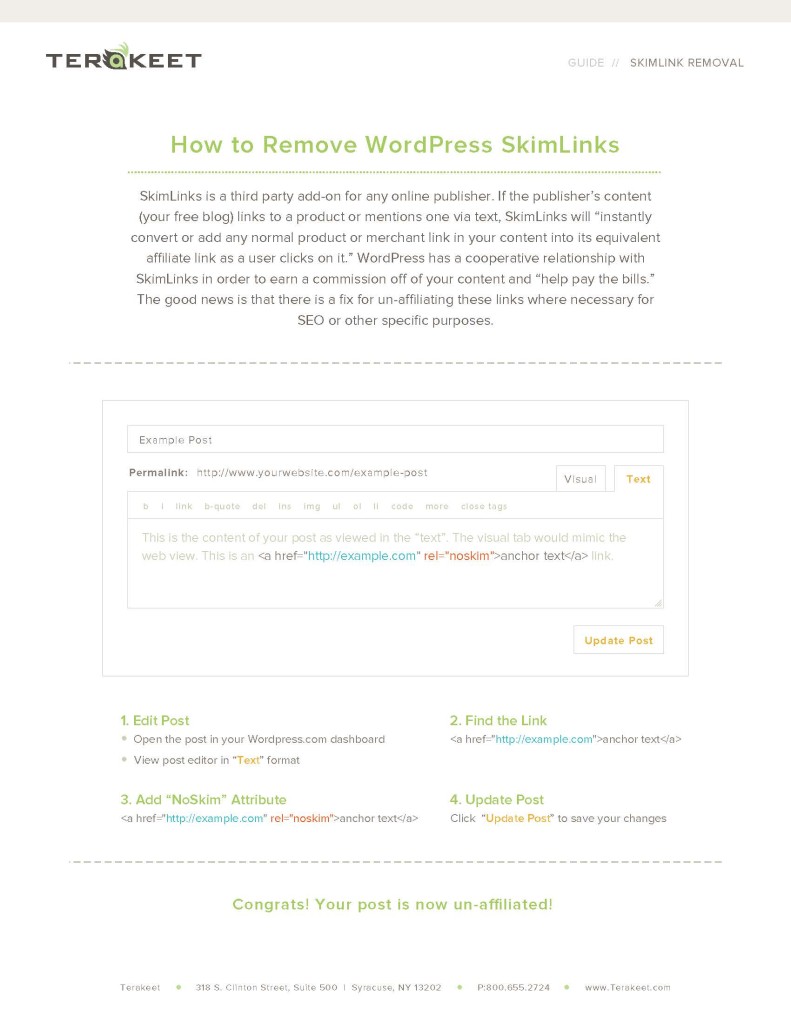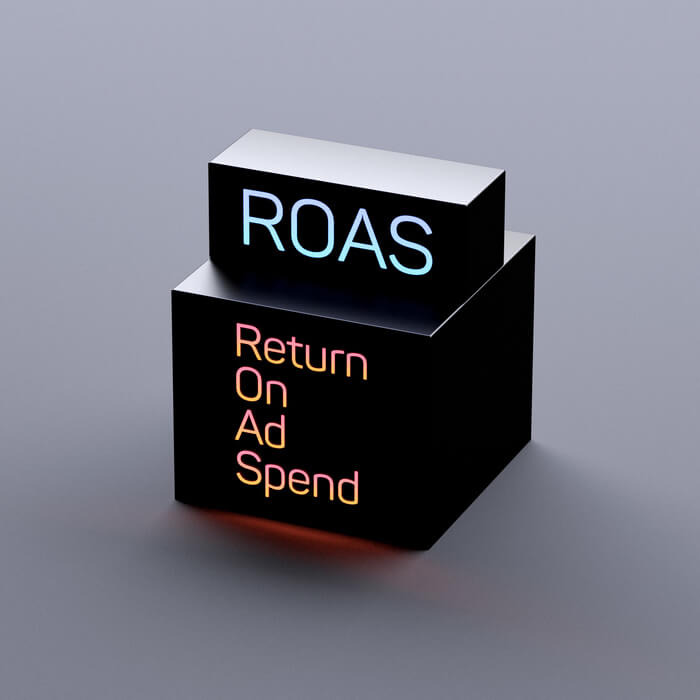
How to Remove Skimlinks (and How they Hurt Your SEO)
Jul 24, 2014|Read time: 8 min.
Do SkimLinks hurt SEO? If you’re not familiar with it, SkimLinks is a third party add-on for any online publisher, from blogs to forums. If the publisher’s content links to a website, SkimLinks will convert the normal link to an affiliate link when a user clicks on it.
Unfortunately, that can have a major impact on your SEO if you aren’t careful.
How Affiliate Links Work
Affiliate marketing is the means of sharing a sale. For instance, a blogger can sign up to become an affiliate of a product they stand behind, then promote it on their website and direct traffic to the product. The blogger receives a predetermined percentage of any sales completed through this referral.
SkimLinks seems harmless enough at first glance, as affiliate marketing is nothing new. However, WordPress, which boasts over 60% of the CMS market share, has implemented SkimLinks on all of its self-hosted free blogs without the knowledge of the blogger – an important fact which differs from other affiliate links.
If you blog on the WordPress.com platform, your contextual in-content links that direct to a vendor with whom SkimLinks is a partner (e.g. Oakley), will potentially earn a commission for WordPress and SkimLinks–and you won’t see a dime of it — even though you produced the content.
According to WordPress, “To support the service (and keep features free), we sometimes run advertisements from partners like Sharethrough and SkimLinks. We try hard to only run them in limited places.” It’s so they can “pay the bills,” in other words.

Questions about Skimlinks:
- Could search engines view a website as spammy if a large portion of their outbound links are affiliated and followed?
- Is it possible that SkimLinks could dilute the natural backlink profiles of big retailers and hurt their organic search visibility?
- What will happen if SkimLink’s business model becomes the norm?
- Does a high ratio of paid links versus natural links hurt a website’s trust and organic rankings?
SkimLinks and Search Engine Optimization
Let’s take a deeper look at SkimLinks and how they may affect SEO for major retailers.
View the source code of any webpage that uses Skimlinks. None of the editorial links contain a “nofollow” attribute. Yet, according to this blog post from SkimLinks, the company claims to be fully compliant with Google’s guidelines.
If this is true, then perhaps Skimlinks adds the redirects and nofollow attributes after a user clicks the link. Maybe it passing through a robots.txt or other non-indexed file to complete the command? Either way, users see a link that seems normal, but is actually an affiliate link. Does this seem like the old black-hat technique of cloaking?

I contacted a few bloggers in the fashion space and asked whether or not they knew that their posts contained affiliate links. They all said they had no idea and were concerned about how they could remove the affiliate code.
There are also tons of questions on the WordPress support forum about how to remove Skimlinks.
Consumer Connections Newsletter
Exclusive insights, trends, and actionable brand strategy, direct to your inbox.
Do any Quality Parameters Exist?
WordPress claims that they only include SkimLinks in limited places. So, like any curious marketer, I tested that assertion.
I made a quick free WordPress.com blog (which will remain anonymous) and added a few links to big retailers. SkimLinks didn’t immediately appear. Fast-forward to 24 hours later: the redirects were alive and ready.
Keep in mind that this page had only 2 lines of text with 3 outbound links. Does this really sound like a quality page that provides value to a visitor? Would you want this page linking to you? I didn’t think so. There appear to be no quality parameters to determine where SkimLinks appear and on what blogs.
Digging deeper
I experimented with the anchor text to see if links that contained “buy” or “get” or “purchase” triggered the affiliation. Nope. Then I changed the link destination to the company’s blog instead of a product landing page, made no difference.
Skimlinks converted the link regardless of the destination url. Is that also a quality concern? In other words, should an editorial link to an About page be an affiliate link? Probably not.
Do Skimlinks pass SEO value?
One of our main objectives here was to determine if Skimlinks pass any SEO value, AKA PageRank.
While most affiliate links contain parameters that reveal their purpose, that’s not the case with SkimLinks. They look completely normal until a user clicks them, at which point you can see the affiliate code in the url bar.
This raises the question of how Google and other search engines crawl and view these links. Do they treat SkimLinks as followed links if they don’t contain a rel=”nofollow” attribute? Or does Google understand that the link is an affiliate, thereby stripping it of all SEO value?

How Googlebot Interprets SkimLinks
We added SkimLinks to a WordPress blog for our tests to determine how Googlebot crawls them.
Googlebot seems to recognize Skimlinks as affiliates. However, they don’t contain a nofollow attribute — at least in our initial tests. Therefore, if Skimlinks are followed, that could dangerous. And if they aren’t, then those links won’t pass any SEO value.
Although Google has said that nofollow links don’t transfer PageRank, they’re still valuable to your backlink profile. Beyond building link profile diversity, they also provide brand visibility and referral traffic.
However, SkimLinks also pass through a temporary 302 redirect, which Google ignores as well.
Certain types of links, such as paid links, should always be nofollowed. since affiliate links are a form of paid links, they, too, should be nofollowed. Otherwise, they could cause a Google penalty, manual or algorithmic. Even the FTC wants a clear disclosure that some links on a website may be affiliated, trying to ensure that consumers are protected.
Affiliate marketing isn’t bad?
To be clear, affiliate marketing isn’t bad. Website owners who develop engaging content should earn money for their hard work. When used properly, affiliate marketing creates a win-win scenario for all parties. A big retailer benefits from exposure and new customer brand discovery. Bloggers have the ability to earn a commission on products they believe in.
The problem arises when affiliate links are abused and people drive traffic to low-quality pages to earn a commission from a poor user experience.
Blogging is the modern-day version of keeping a journal, except you can provide value to others and invite others with similar interests to interact. As its popularity has increased, more and more bloggers want to earn money from their blogging efforts.
Further, affiliate programs offer businesses a new revenue stream. From a marketing perspective it makes complete sense.
How to Remove SkimLinks
Want to get rid of Skimlinks? One option is to upgrade from the free version for $30 per blog, per year.
But there’s another route you can take to stop SkimLinks from affecting your blog’s outbound links. Here’s how:
Add the following attribute to the html code for any link: rel=”noskim”. Here’s how that would look in your source code:
<a href=”http://www.example.com” rel=”noskim”>your anchor text</a>
This would prevent the link from being affiliated, and once again be seen as an unambiguous, followed link that wasn’t paid for nor monetized. If you want to know whether or not a page is running SkimLinks, a privacy extension called Ghostery can tell you everything that is running in the background, including trackers.

Concluding Thoughts
It’s critical that all affiliate links contain a nofollow attribute because Google views them as paid links (whether or not you got a cut).
Skimlinks will continue to expand and similar affiliate programs, like Viglink, will pop up. Those in the SEO industry, from consultants to SEO companies to in-house teams for big retailers, should be concerned going forward. Will white-hat link building lead to nofollow links that don’t pass authority or PageRank?
Again, the only way to handle SkimLinks at this point is to either upgrade the blog to the paid version and remove the ads entirely, or to use a rel-attribute to turn off each individual affiliated SkimLink.
Affiliate sites insist that there’s no reason to fret about SkimLinks hurting your SEO. But that remains to be seen as SkimLinks and similar programs continue to expand their reach.
Downloadable PDF: WordPress SkimLinks Removal Process





